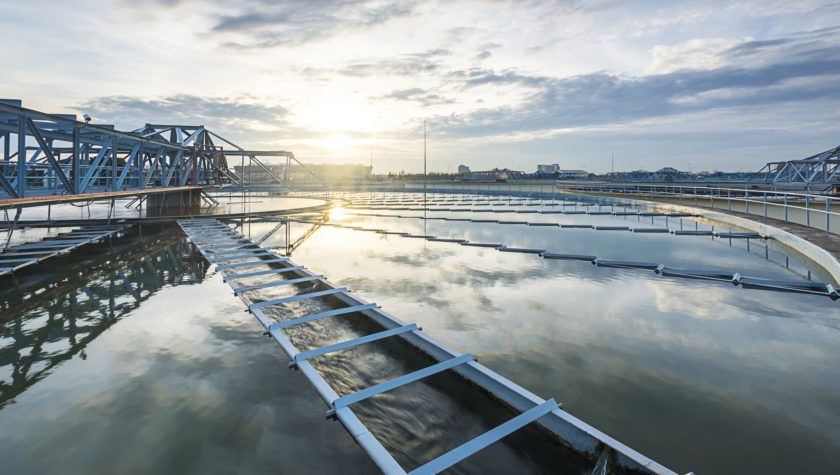Today, the Commission has published four new charts (historic water data) with data stretching back to the 1960s and 1970s showing how water supply, metering, bills and investment have changed through the decades. This new data is presented along with more recent series from Ofwat and other organisations (where it is available), to show the long-term trends within the sector.
Public water supplied by the industry peaked in 1990. Water meters were almost unheard of in the early 1980s, and today over 60 per cent of properties have one. Average water bills have fallen from a peak of £440 per year in 2014/15 to £426 per year in 2020/21. Capital expenditure by the water industry was in decline until the mid-1980s and increased substantially following privatisation.
The chart showing ‘gross capital expenditure’ by the industry since the creation of Regional Water Authorities (RWAs) in 1974 includes data that, to our knowledge, has never previously been published in one place. It shows that investment declined after RWAs were set up from just under £4 billion per year in 1974/75 to a low of £2.3 billion in 1984/85. Investment then rose again to £2.9 billion in 1987/88, before the industry was privatised, and investment doubled.
The period since privatisation has been characterised by a series of ‘Asset Management Plan’ (AMP) periods which have given investment a cyclical character. It is therefore more appropriate to compare annual investment pre-privatisation with average investment over each AMP period.
Gross capital expenditure is a simple measure of the money spent on improving or creating new assets. It does not take account of any falls in the value of existing assets due, for instance, to wear-and-tear. It therefore provides a limited insight into whether the industry is improving its overall ability to deliver services to its customers.
Let us know if you’ve found our data interesting, or plan on using it in your work or studies.
We will continue to add more data and interactive visualisations to these pages, so make sure to bookmark the data pages and keep an eye out for future uploads.
Footnote
The Commission engaged ICS Consultants, with the help of Professor John W Sawkins (Herriot-Watt University) and Professor David S Saal (Loughborough University), to look for and curate the water data sets we are publishing on our data pages. The data has been curated from a collection of different historic sources including the Digest of Environmental Protection and Water Statistics, WaterFacts and companies’ report & accounts. Full details are available in ICS’s report and within the Excel dataset, both available to download.




